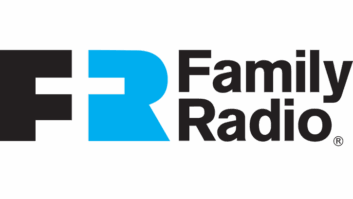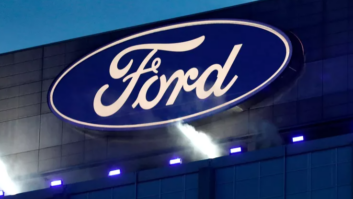
How often does a major U.S. carmaker trumpet radio?
Reaffirming its commitment to the medium, Ford is doing just that, highlighting new audio features of its 2017 Escape and Fusion, including a new “dual radio reception” system. Radio was highlighted throughout the announcement.
The manufacturer noted radio’s strong cultural connection to driving and its ongoing importance to American consumers, and cited it as the reason the company “remains committed to boosting the range and clarity of FM radio signals with dual radio reception systems.”
These new systems deploy a second receiver and use the rear-window heater grid as another antenna, reducing interference when the same signal is received twice. The system is used to determine which signal the radio should play when it receives multiple signals on the same frequency.
According to Ford, this is also “one of the industry’s first applications of dual reception for HD Radio.” A DTS official told Radio World that the company tech team worked hard with Ford on the project.
Ford says it tested the dual system during a 4,200-mile road trial covering Chicago, Detroit, Los Angeles, Minneapolis-Saint Paul, New York City, Pittsburgh and Seattle. It concluded that it enables drivers to listen to stations for longer distances by eliminating periods when stations would traditionally overlap with each other.
“With dual antennas, the broadcast transitions seamlessly. No spits or wisps, and no hearing two radio stations at the same time,” Ford Antenna and Reception Engineer Andy Adrian stated in the release. “The system delivers the clean, high-quality sound you expect from a Ford vehicle.”
The dual antenna system is included in the 2017 Escape and Fusion with available Sony audio systems.
The announcement is likely to be received well by radio industry leaders who have preached for years about the importance of keeping terrestrial radio not only prominent in the dashboard but also prominent in the mindset of carmakers and designers.
Ford highlighted several other changes to the vehicles’ acoustics and audio system.
The Escape and Fusion Audio Systems come standard with Analog Devices’ Automotive Audio Bus technology, which it says delivers high-fidelity audio while reducing the weight and complexity of required wiring.
Acoustic laminated glass on the windshields and front doors is added for the Fusion V6 Sport, Platinum, Hybrid and Energi models, as well as the SE Luxury Package. The Fusion Titanium also offers optional acoustic laminated glass to insulate the interior.
Fusion Hybrid S and Hybrid SE will now have nine speakers (up from six), which the company says will “enhance Active Noise Control functionality,” which emits sound waves to eliminate unwanted cabin noise. According to Ford, the Fusion cabin is quieter than the 2016 Honda Accord and Toyota Camry.
“These changes are the result of listening to feedback from dozens of listeners over hundreds of hours,” said Alan Norton, senior technical leader for Ford audio systems, said in the announcement.







